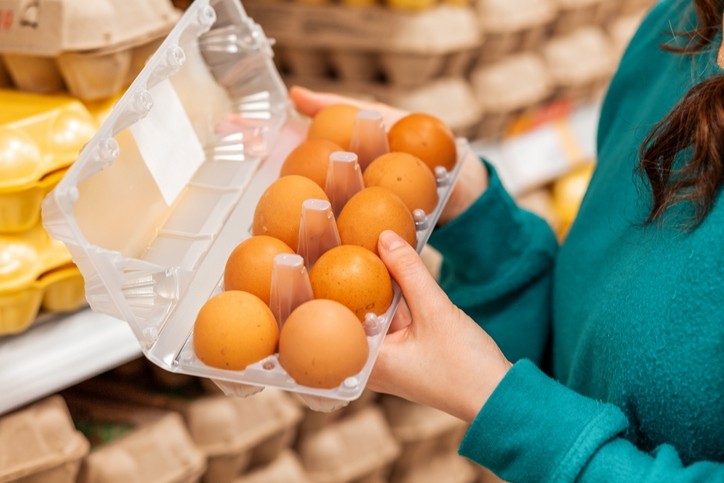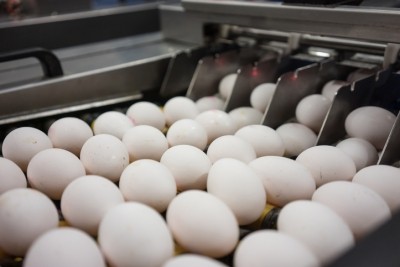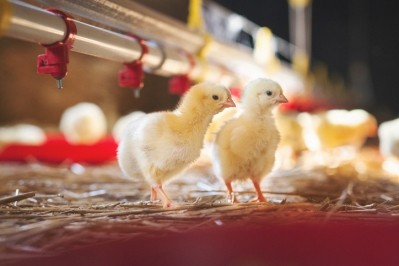Solving the high egg price riddle: Risks and margins need to be shared fairly between all parties

Rabobank believes a rethink is needed in terms of how industry value chains function: from producers to customers, and how governments interact with that value chain.
While consumers face soaring prices and availability issues, egg suppliers struggle with disease, cost inflation, new regulations, government intervention, and changing consumer demand. This has resulted in supply chain disruptions, with considerable price volatility, high price peaks, and, in some cases, empty supermarket shelves.
Global prices set to stay high
Although prices have started to drop in some markets, like the US, global prices are expected to stay high throughout 2023 and into 2024, if lower, on average, than the levels seen in Q1 2023 and with differences between countries. Prices will stay especially high and increasingly volatile in markets heavily impacted by avian flu, excessive costs, and regulatory changes.
The main exception is the US, where prices have started to drop significantly.
“The key issue [in the US] is that consumers have reduced egg consumption at a time when farms are transitioning toward cage-free production while old capacity is still operational, leading to high production. Meanwhile, a sudden drop in the number of avian flu cases in commercial laying hen farms has resulted in more supply than expected. Prices are expected to recover later in the year when market balance returns,” said Nan-Dirk Mulder, senior analyst, animal protein at Rabobank.
Tight supply
Egg producers usually replace their laying hens after a year of production at which they decide how many hens to place for the following year. But the lack of value chain commitment to egg producers, together with the industry’s long production, higher risks, and high working capital, means producers in many markets have become cautious with their placements, which has resulted in tight supply situations, said the analysts.
While producers have been looking for more certainty in their sales contracts given the uncertainties they face in their operations from feed to avian flu and from the economy along with the significant working capital required by current inflated costs, retail, foodservice, and food processor customers are reluctant to take long-term positions, as they also face changing market conditions, noted the Rabobank review.
Regulations, government interventions
Additionally new regulations are affecting the sector, the most relevant being the introduction of the ban on male chick culling at the hatchery level in Germany last year. The main alternatives for producers are using gender identification technology, growing the males for meat purposes, or importing hens from abroad. Whatever the option chosen, egg production costs have increased in Germany compared to other countries in Europe that have yet to introduce similar requirements. Germany’s laying hen flock has reduced sharply, by over 20% according to MEG, since H2 2022.
Other regulations like restrictions on cage-based production and the restrictions on nitrogen emissions in the Netherlands also affect supply but are less significant than Germany’s chick culling ban, according to the Rabobank team.
“One exception though is New Zealand’s ban on cage-based production, which came into effect in 2023 and had already led to a shortage of 10% to 15% of the laying hens needed to meet the demand for eggs.”
Many smaller farmers there have not yet invested in new housing systems.
Some governments have become worried about high food prices, including eggs, and have intervened in markets by imposing price ceilings, especially in Asia, and opening imports of eggs and egg products.
“This usually makes the operational context more challenging for local producers, who are not able to pass on high costs under these new circumstances, and consequently reduces production, as seen in Malaysia and more recently in Egypt, worsening availability and creating additional market volatility.
“Government interventions in emerging markets should emphasize improving egg production by creating a more stable supply of layer farm inputs like feed ingredients, genetics, and equipment and by optimizing the efficiency of farms and the value chain.”
Business models and value chains need to change
Market trends can quickly turn, as seen in the US market, revealing how important it is to rethink business models in the value chain, said the animal protein market specialists.
“The current context of high global prices and [likely] future egg prices volatility is a wake-up call for the whole value chain, from producers to customers and consumers.
“In the longer term, a refocused and measured approach to better balance market supply and demand, pricing, and risks in the value chain is important. Such an approach should include the key tools of more customer commitment, more demand-driven value chain cooperation, strategies to reduce the impact of avian influenza and government interventions, and better access to finance for the sector,” noted Mulder.
“The egg industry, customers, governments, and other stakeholders will need to join efforts to optimize value chains and link these efforts to industry business models.”
Retail, foodservice, and food processor customers can play a key role by taking more responsibility and working with egg producers to ensure risks and margins are shared fairly between all parties in the value chain. “It is especially important that such a mechanism, in terms of pricing and volume, links better with the industry’s long production cycle for laying hens.”








